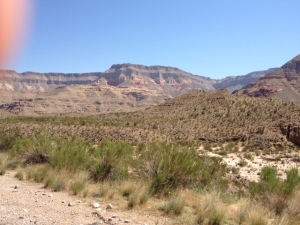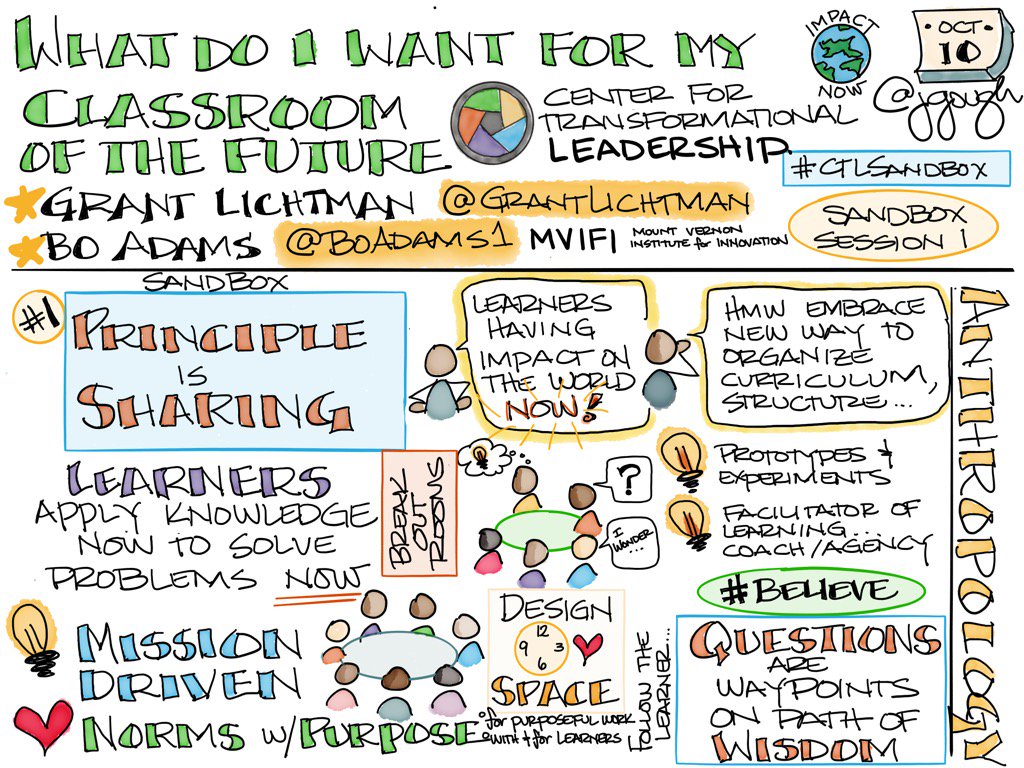Day 1; Richfield, UT
From a very experienced science teacher, old school, but passionate about his students, as he wished me a safe journey yesterday: “Get out there. We won’t know what we need to do unless we know what is possible”. Thanks, Dave!
If you feel cramped in classrooms, cubicles, or just the repetitive schedule of daily life, there is no better antidote than a long day’s drive through the American West. I started today with my back to the Pacific Ocean, climbed by dawn to the high desert, sped as quickly as possible past the enigma of Las Vegas, skirted the northern edge of the Colorado Plateau, and ended in the western fringe of the Rockies of western Utah.
We forget, relative to our own lives, how big, messy, chaotic, dynamic and substantial our world is, operating on a rhythm and frequency so different from our own. What an incredible laboratory in which to teach our students how to ask questions that do not have obvious answers, manage complexity, think systematically, and adapt to changing and frequently conflicting inputs. I happened to drive through one of the great natural provinces of our world today. The same opportunities could be found in a neighborhood close to school, a local business, or in the bushes out beyond the ball fields.
For many oft-told reasons our system of education is almost completely isolated in both time and space from this real world. Built to service human needs on a human time scale, we operate almost exclusively isolated, cloistered, removed from this real world. We and our students enter the physical boundaries of our schools each day, and then enter an even more restricted physical classroom space, and then attune ourselves to a focused, tailored, finite set of information and skills, prescribed for our use and consumption with almost total disregard for what is happening outside of the proximal space-time.
This disconnect has to be repaired. I don’t advocate blowing up our present system, sitting around a campfire, and turning K-12 education into a sing-along. I suggest two things:
- Get out of the classroom. Figure out how to teach that lesson using some tools outside the physical space, whether those tools are a patch of grass, a nearby community center, or a creek. Not every day, but often enough that it is considered part of the “real” class, not a field trip.
- Synch your curriculum to the big things that happen in the “real” world. That is the world our students have to prepare for. I wrote a week ago or so that I could not understand how, after 9-11-01, most of us went right back to our traditional history curriculum. If the real world shifts in fundamental ways, we need to shift also. Our students can and should be learning all their basics through the lenses of global warming, deforestation, poverty, post-Cold War global economics, biotechnology, social media connectivity, and any other really big thing that comes along.
Not making these changes is a disservice to our students, and that is not who we are. In the weeks ahead I will be able to link you to concrete examples of educators, at all grade levels, who are doing this.
Now, if you have not driven or walked extensively in the American West, do it! High Plains, Low Desert, Columbia Plateau, Big Sky Country, Dakota Badlands, Colorado Plateau, Rocky Mountains…take your pick. The scale is rare on this Earth; it took the good Lord and 4.5 billion years to put together; there is a ton of both educational and personal value in counting yourself a witness.







Grant,
I appreciate your placing quotation marks around real when you mention “real” world as a place distinct from the classroom and the school. And I’ll suggest that the place to start appreciating the real world is in the very real world within the classroom and the school. Unfortunately folks don’t often engage the real systems at work in the environment they occupy, especially in classrooms and schools. I think it’s fair to generalize that educators, and the students they lead, engage in something other than what is immediate, proximate, and relevant now and to their future. So, the next time you are in a classroom, begin with a simple question. “What’s going on right here, right now?” You may be surprised at the depth and breadth of the discussion that develops. Said discussion may also lead to understanding many systems students will encounter in the “real” world on the outside.
Cal
I like that idea: “What is going on, right here, right now”!
[…] Day 1: Connect School to the World […]